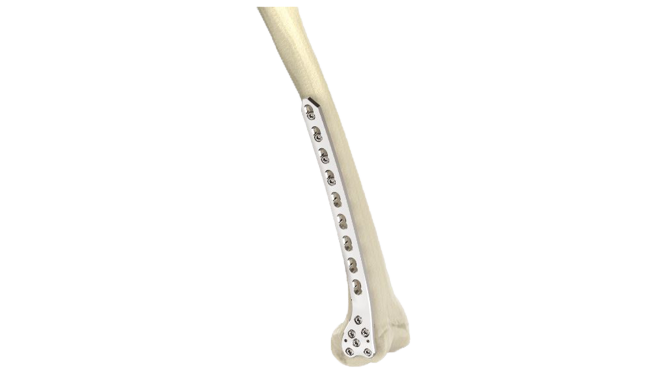Compact Hand Plates - 2.4 mm Condylar Plate
Product Overview
The 2.4 mm Condylar Compact Hand Plate is an advanced orthopedic implant meticulously crafted for precision in hand and finger surgeries. Renowned for its versatility, this implant offers dependable stability and support across a spectrum of orthopedic procedures. Its design ensures robust stability, promoting efficient bone healing while minimizing the risk of complications. Trusted by orthopedic surgeons globally, the 2.4 mm Condylar Compact Hand Plate signifies a commitment to excellence in orthopedic care, ultimately enhancing the quality of life for patients in need of hand and finger surgical interventions.

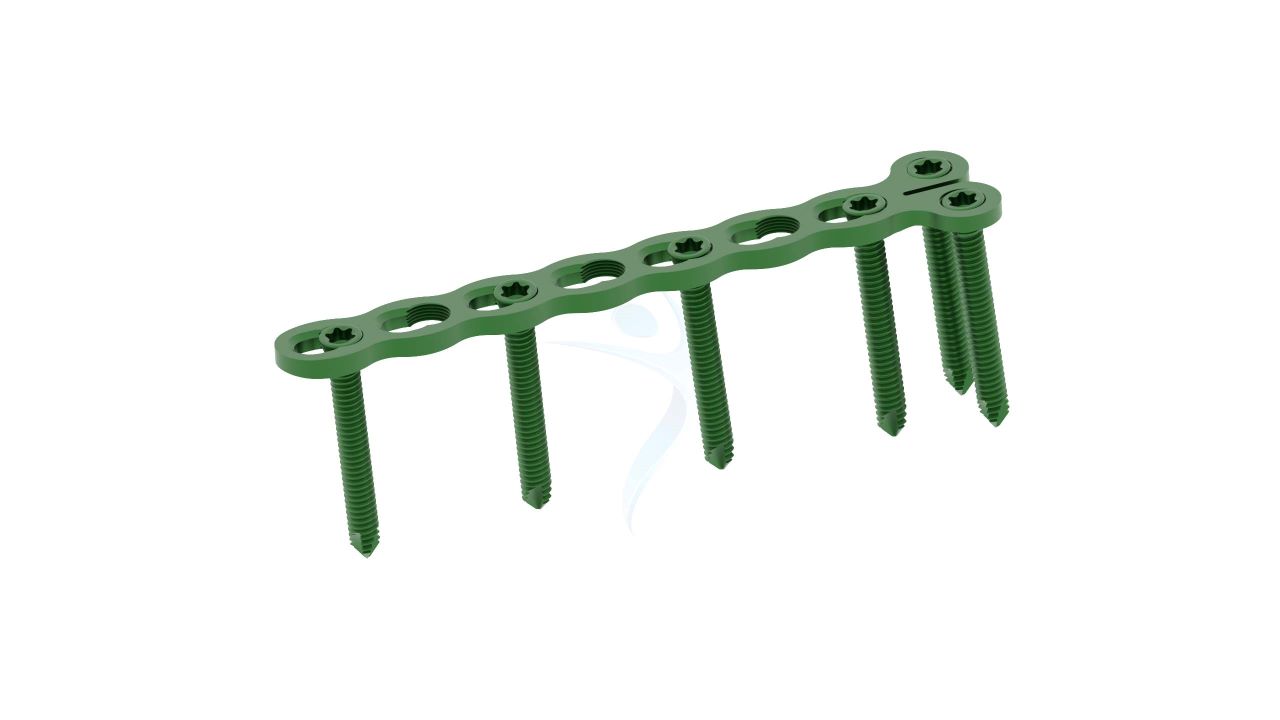
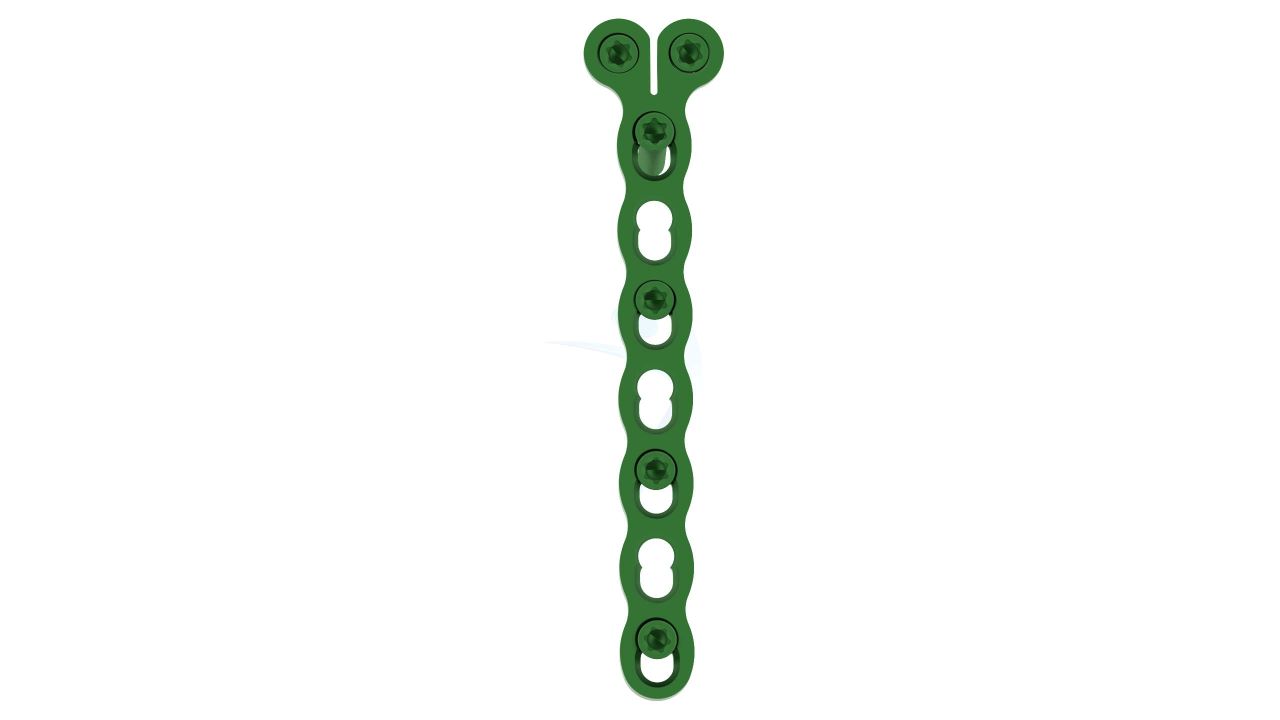
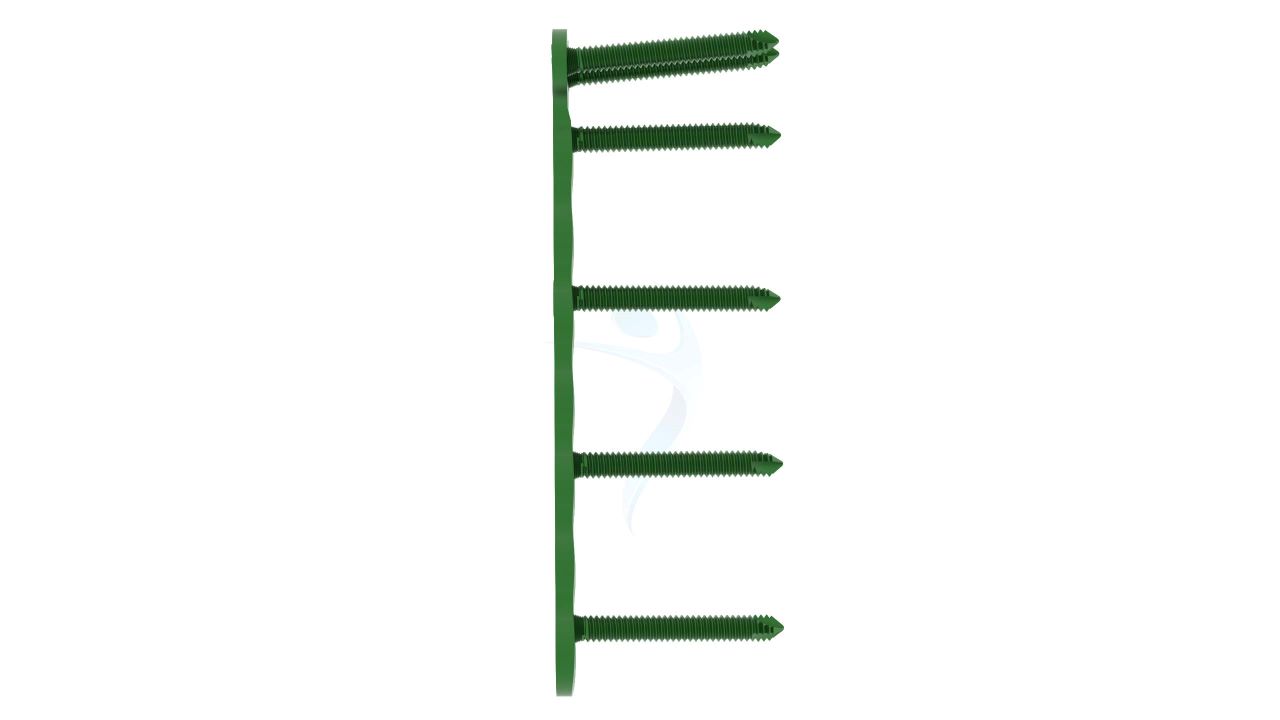
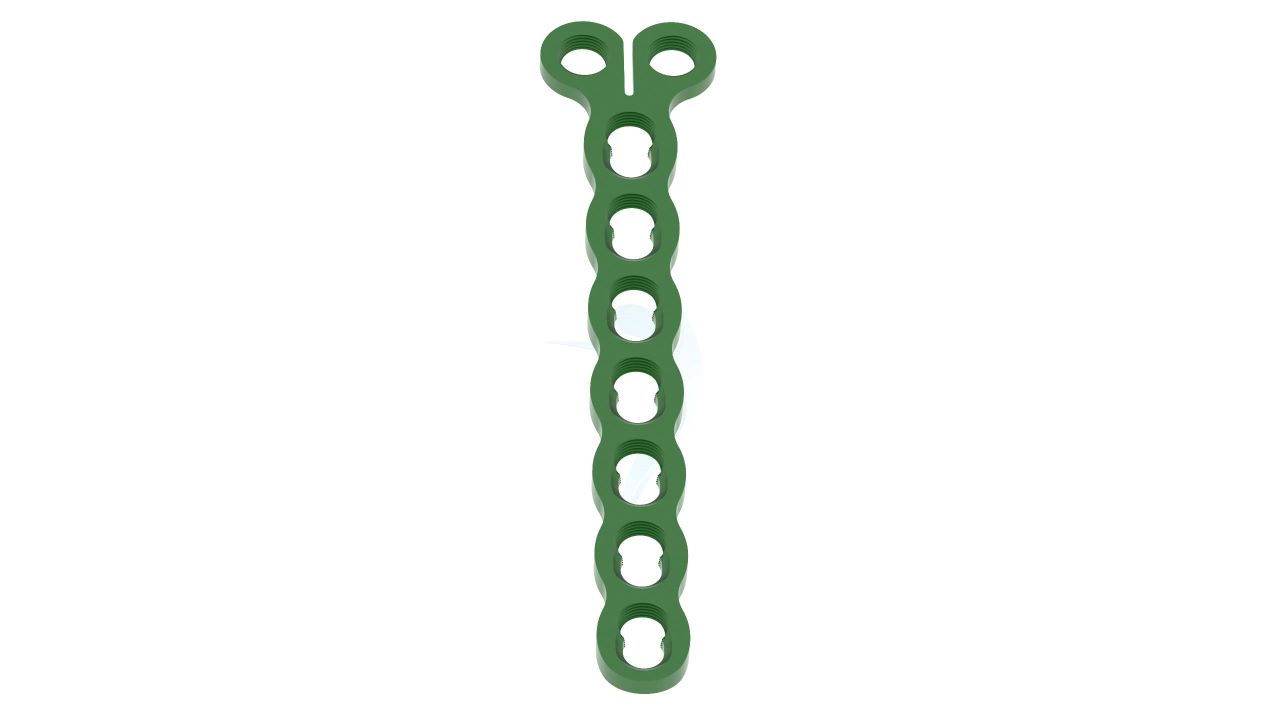
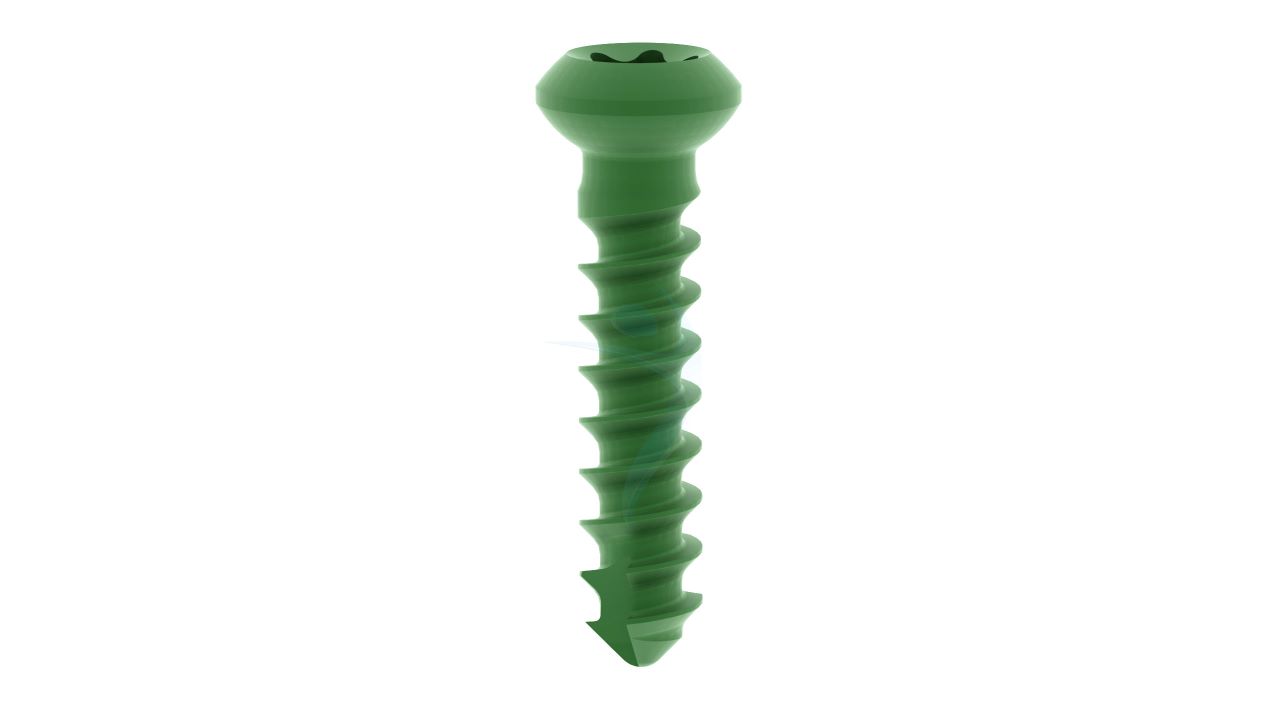
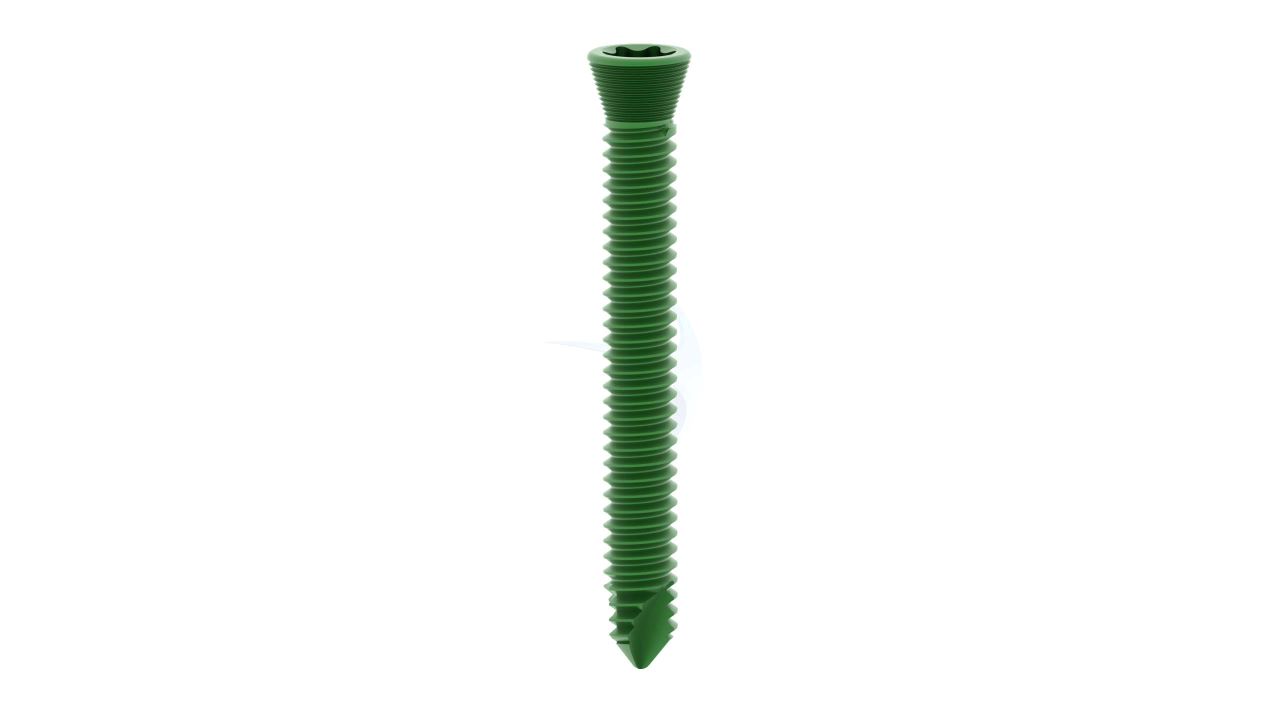
Product Uses
- Hand Fracture Management : Employed in the stabilization and alignment of fractures within the hand and fingers, ensuring proper healing and functionality.
- Deformity Correction : Utilized to rectify bone deformities, including angular or rotational issues, to restore natural hand and finger anatomy.
- Joint Fusion Procedures : Essential in joint fusion surgeries, particularly for addressing severe arthritis or instability, enabling pain relief and improved hand function.
- Non-Union Fracture Treatment : Applied to promote the healing of non-union fractures, facilitating bone union and recovery.
- Complex Hand Trauma Cases : Vital in intricate cases of hand trauma, especially those involving multiple fractures or extensive soft tissue damage.
- Bone Graft Fixation : Employed for securing bone grafts and fragments during reconstructive surgeries, ensuring graft integration.
Product Specification
- Material Composition :Crafted from high-quality material Titanium alloy, ensuring optimal biocompatibility and durability.
- Plate Design : Featuring a unique condylar design, tailored to the contours of hand and finger anatomy for precise and secure fixation.
- Profile Thickness : Engineered to provide a harmonious balance between robust stability and a discreet, tissue-friendly profile, enhancing patient comfort.
- Screw Hole Array :Equipped with a strategically positioned array of holes to accommodate orthopedic screws, offering flexibility in fixation.
- Clinical Applications : Primarily intended for an extensive array of orthopedic interventions within the hand and fingers, encompassing fracture stabilization, deformity correction, joint fusion, bone graft fixation, and more.
- Interoperability : Engineered for seamless compatibility with standard orthopedic instruments and established surgical techniques.
Compact Hand Plates - 2.4 mm Condylar Plate Sizes
Comprehensive Guide for Compact Hand Plates 2.4 mm Condylar Plate
- Patient Preparation :Confirm the patient's identity and the surgical site. Position the patient comfortably on the operating table, ensuring accessibility to the affected hand or finger.
- Anesthesia : Administer appropriate anesthesia based on the surgical procedure and patient's condition. This may include local, regional, or general anesthesia.
- Incision:Make a precise incision at the surgical site, allowing access to the affected bone or joint. The incision's size and location depend on the specific procedure.
- Soft Tissue Handling:Carefully dissect and handle the surrounding soft tissues to expose the bone or joint that requires treatment. Take care to protect nerves, blood vessels, and tendons.
- Fracture Reduction (if applicable): If treating a fracture, align and reduce the fractured bone fragments to their proper anatomical position using surgical instruments or reduction clamps.
- Plate Selection: Choose the appropriate 2.4 mm Condylar Plate based on the patient's anatomy and the specifics of the surgical case.
- Stability Check : Confirm the stability and alignment of the bone or joint fixation with the Condylar Plate in place. Make any necessary adjustments before proceeding.
- Wound Closure : Close the incision meticulously, suturing the skin and, if required, the underlying tissues. Ensure proper alignment of the wound edges to promote optimal healing.
- Incision : Make an appropriate incision over the affected area to gain access to the fractured or damaged bone.
- Fracture Reduction :If applicable, manipulate the bone fragments into the correct alignment.
- Plate Placement :Select the appropriate size and configuration of the "Compact Hand Plates - 2.4 mm Condylar Plate" and secure it to the bone using screws.
- Post-Operative Imaging : Conduct post-operative X-rays or imaging studies to verify the proper placement of the Condylar Plate and the alignment of the treated bone or joint.
- Recovery Room :Transfer the patient to the recovery area, where vital signs are closely monitored, and initial post-operative care is provided.
- Pain Management : Administer pain medications as prescribed to manage post-operative pain and discomfort.
- Physical Therapy (if required) : If recommended by the surgeon, schedule physical therapy sessions to assist the patient in regaining hand or finger strength and mobility.
- Wound Care :Instruct the patient or their caregiver on proper wound care, including dressing changes, hygiene, and any necessary precautions.


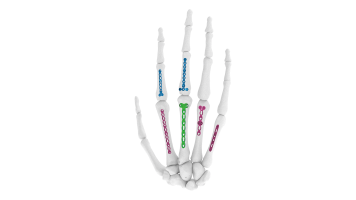
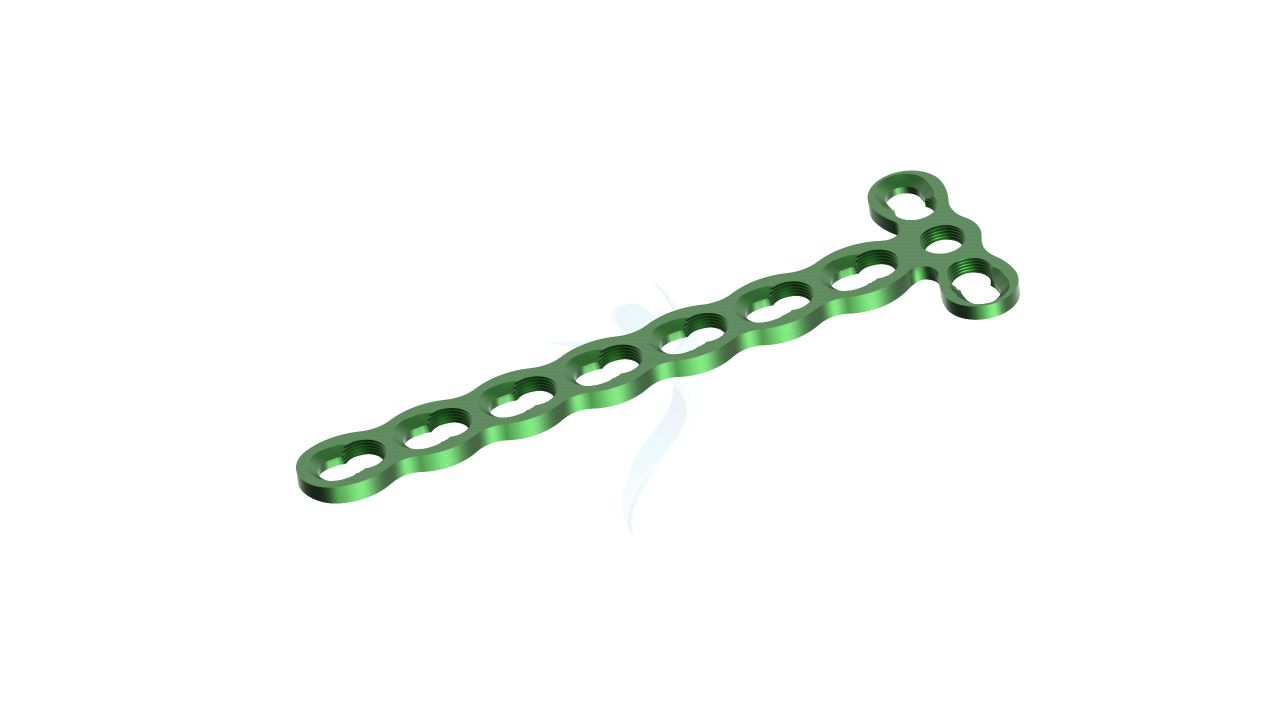


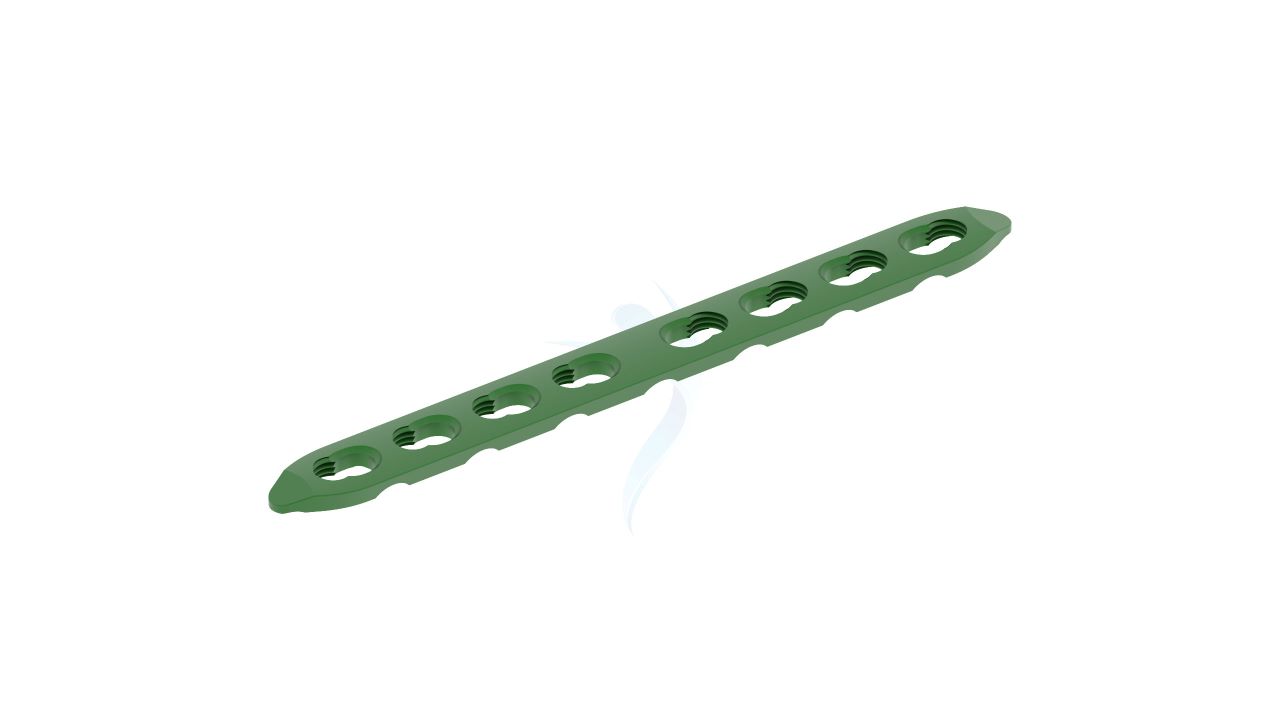
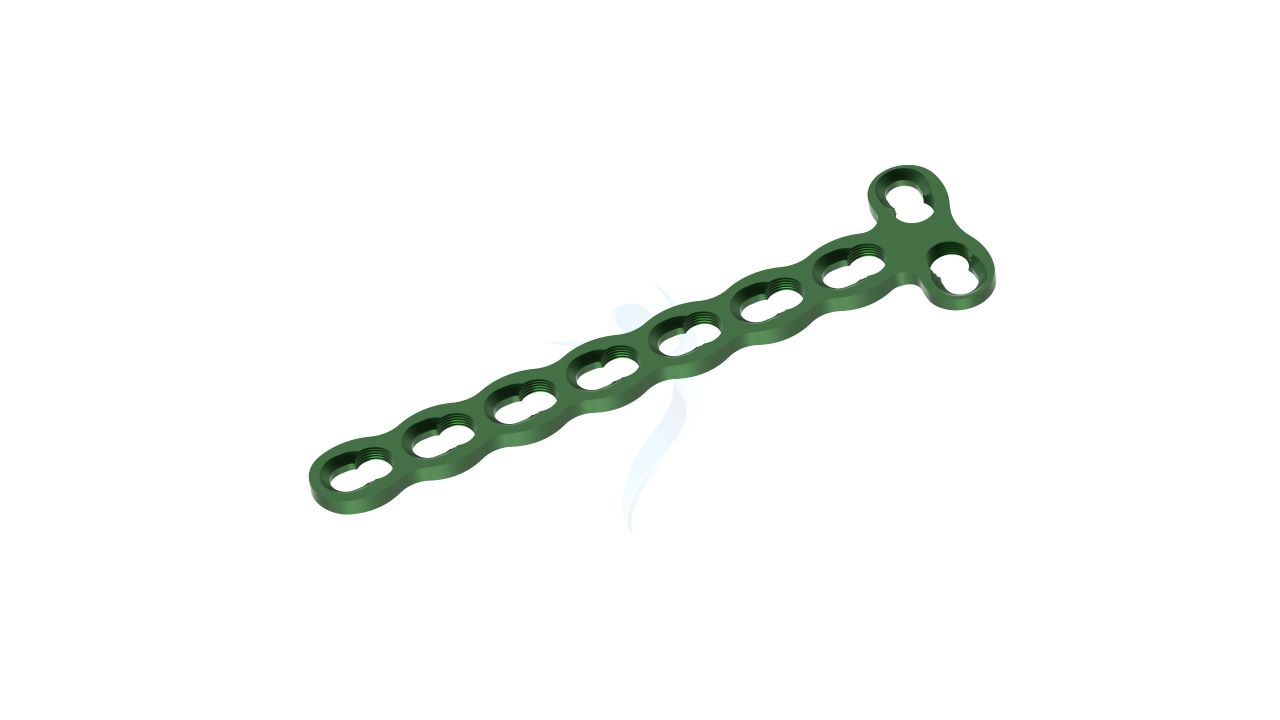
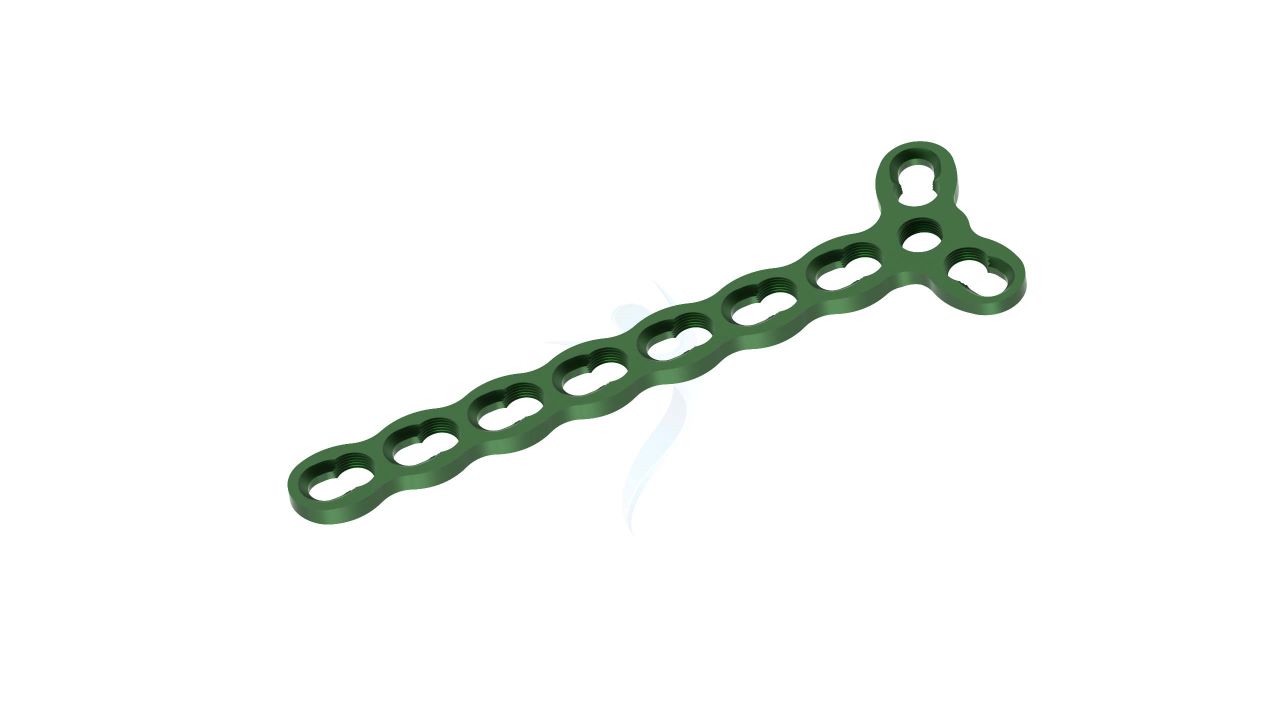

.png)

